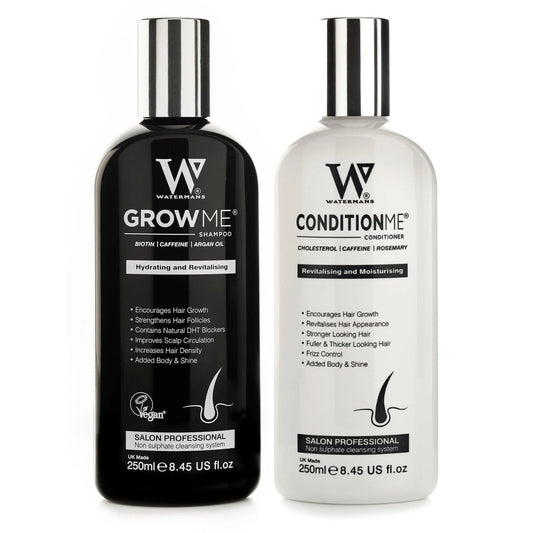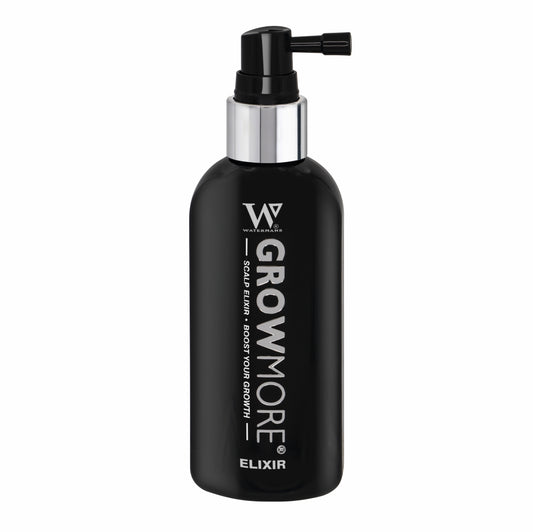Understanding Trichotillomania: The Emotional Pull Behind Hair-Pulling Disorder and Ways to Cope
Share

Trichotillomania, commonly known as hair-pulling disorder, is a psychological condition characterized by the compulsive urge to pull out one’s hair. This can lead to noticeable hair loss and distress, making it a significant issue for those who struggle with it. Let's dive deeper into this perplexing condition, explore its emotional implications, and discuss coping mechanisms.
What is Trichotillomania?
Trichotillomania is more than just a habit; it's a mental health disorder that can profoundly affect an individual's life. Those with trichotillomania often pull hair from their scalp, eyebrows, and eyelashes, which can lead to hair thinning or bald patches. It often starts in childhood or adolescence and can continue into adulthood if left untreated.
The Emotional Connection to Hair-Pulling
The driving force behind trichotillomania typically stems from emotional discomfort. Often, individuals pull their hair as a coping mechanism for stress, anxiety, or feelings of boredom. The action provides a temporary relief or a calming effect, but it can quickly turn into a cycle of guilt and shame.
The Link Between Stress and Hair-Pulling
Stress plays a significant role in this behavior. When faced with stressful situations, individuals may find themselves reaching for their hair, leading to a fast and often unconscious act that offers momentary relief. Understanding this connection is vital in managing the disorder.
Signs and Symptoms of Trichotillomania
It is crucial to recognize the signs and symptoms of trichotillomania to seek appropriate help. Here are some common indicators:
- Hair Loss: Noticeable hair loss in patches or from specific areas.
- Physical Damage: Visible damage to the skin, including sores or infections caused by repeated pulling.
- Guilt or Shame: Feelings of embarrassment or regret after pulling hair.
- Preoccupation with Hair: Spending significant time thinking about or engaging in hair-pulling.
- Attempts to Stop: Unsuccessful efforts to stop the compulsive behavior.
The Psychological Impact of Trichotillomania
Living with trichotillomania can lead to many psychological challenges, including low self-esteem, social anxiety, and depression. The visible effects of hair loss can significantly impact one’s self-image, which pushes individuals further into isolation.
Social Withdrawal
Due to embarrassment over their condition, many individuals with trichotillomania may start avoiding social situations. This can lead to an unhealthy cycle of loneliness and increased stress, making the emotional pull harder to resist.
How to Cope with Trichotillomania
Although trichotillomania can be challenging to manage, various strategies can help individuals cope and reduce hair-pulling episodes. Here are a few effective techniques:
1. Seek Professional Help
Speaking with a mental health professional who specializes in obsessive-compulsive disorders can be incredibly beneficial. Cognitive-behavioral therapy (CBT) is one of the most effective treatments for trichotillomania.
2. Keep a Journal
Documenting your emotions, triggers, and pulling episodes can provide insight into your behavior. Understanding the patterns can prompt you to find healthier ways to manage stress.
3. Create a Support System
Having friends and family who understand your condition can provide immense relief. Talking about your struggles can help lessen the burden and create a sense of community and support.
4. Find Alternative Stress Relief
Engaging in activities that distract from hair-pulling is crucial. Finding hobbies, practicing mindfulness, or exercising can help channel energy into productive outlets.
5. Use Fidget Tools
Fidget tools, such as stress balls or textured items, can help keep your hands occupied, reducing the urge to pull hair.
Trichotillomania Treatments
Other than therapy, here are some additional treatments and remedies that may be explored:
- Medications: In some cases, medications might be prescribed to help manage symptoms.
- Support Groups: Connecting with others who share similar experiences can provide understanding and encouragement.
Did You Know?
-
Genetic Connection: Research suggests that trichotillomania may have a genetic component, and people with a family history of the disorder are more likely to develop it.
-
Common in Adolescence: Trichotillomania often begins during adolescence, and girls are more frequently affected than boys.
-
Link to Other Disorders: Many individuals with trichotillomania also experience other mental health issues, such as anxiety or obsessive-compulsive disorder (OCD).
Frequently Asked Questions (Q&A) about Trichotillomania
Q: Can trichotillomania be cured? A: While there isn't a specific cure, many individuals find relief through therapeutic interventions and support strategies.
Q: Is trichotillomania considered a mental illness? A: Yes, trichotillomania is classified as an obsessive-compulsive disorder and can significantly impact mental health.
Q: What age do people typically start pulling their hair? A: Many individuals begin showing symptoms during their early teen years, but it can start earlier or later.
Q: Is there a physical treatment for trichotillomania? A: There is no specific medication for trichotillomania, but some individuals benefit from antidepressants or anti-anxiety medications.
Q: How can family and friends help someone with trichotillomania? A: Support can include open conversations, understanding the condition, and encouraging seeking professional help without judgment.
By understanding what trichotillomania entails and recognizing its emotional triggers, individuals can navigate through their struggles with greater ease. While it may be a lifelong journey, coping strategies and professional help can guide those affected towards healthier habits and improved mental well-being. Remember, it’s essential to find natural solutions like Watermans Grow Me Shampoo to enhance hair growth and scalp health as part of your overall approach to tackling hair loss associated with trichotillomania.



